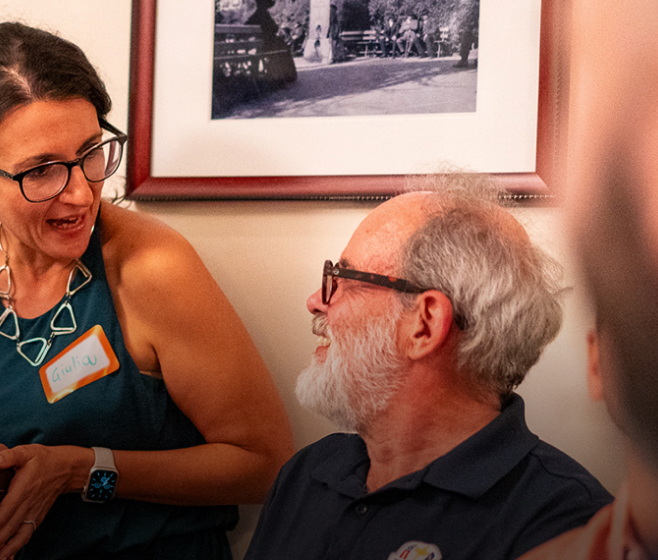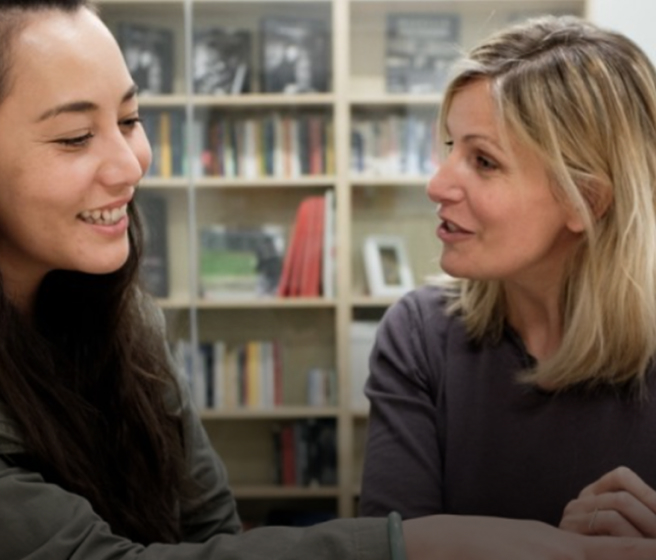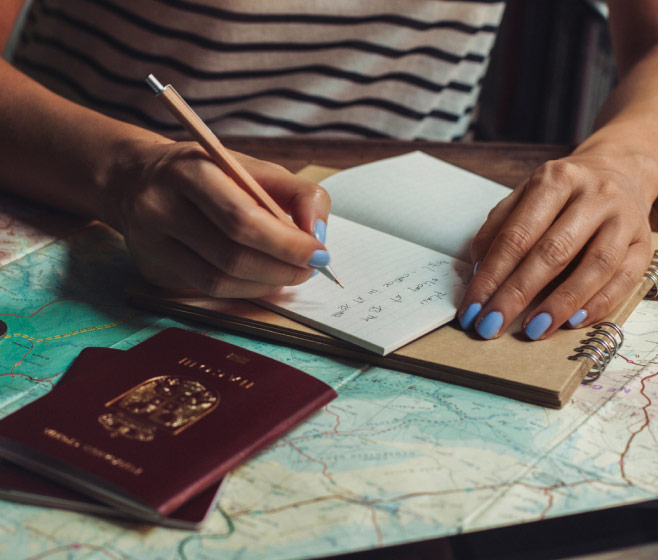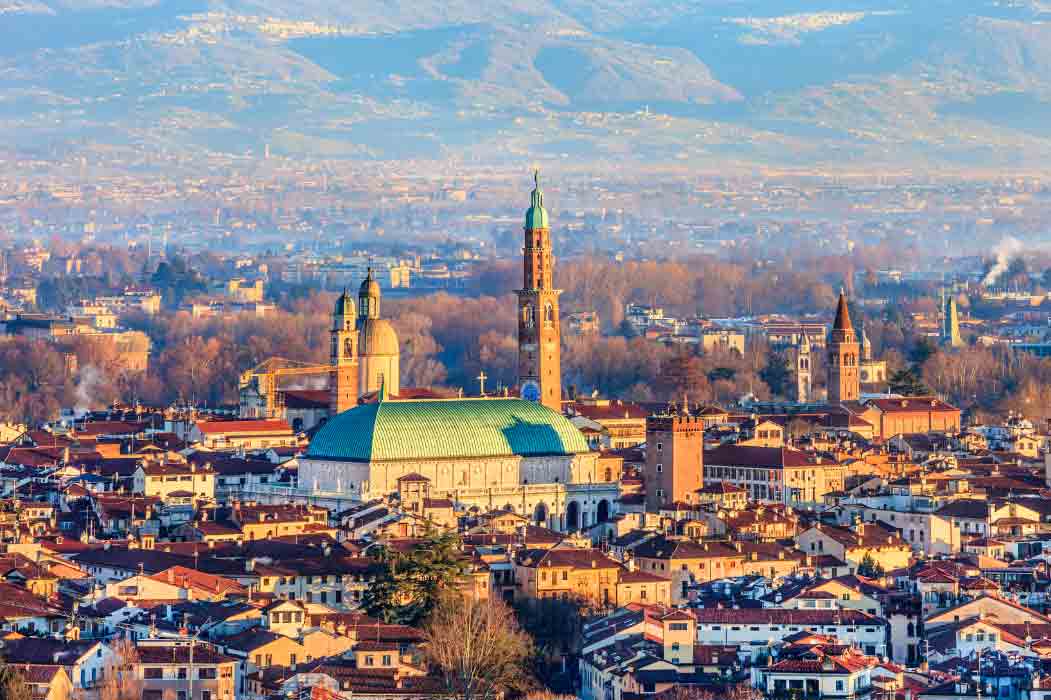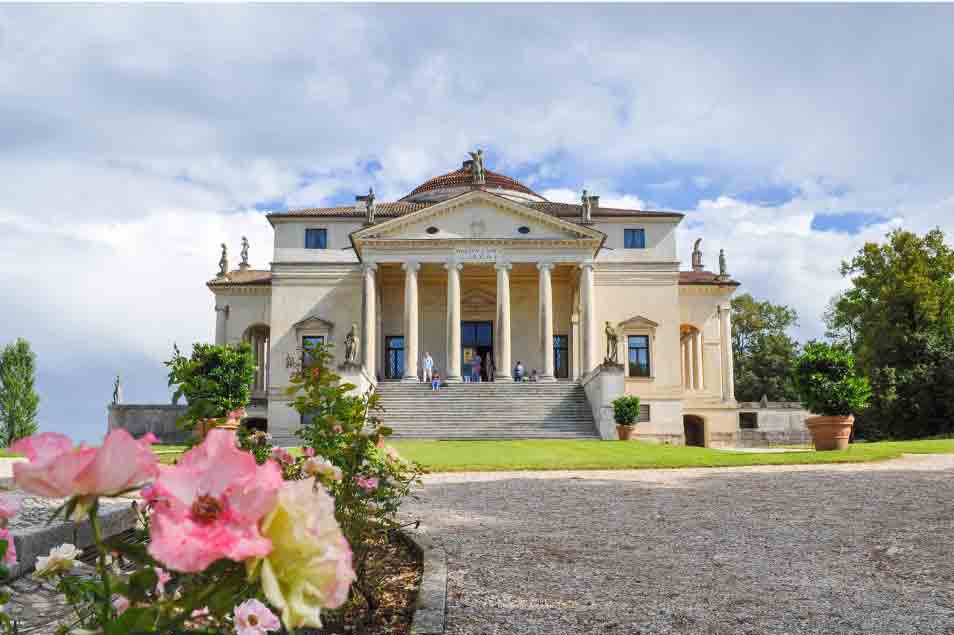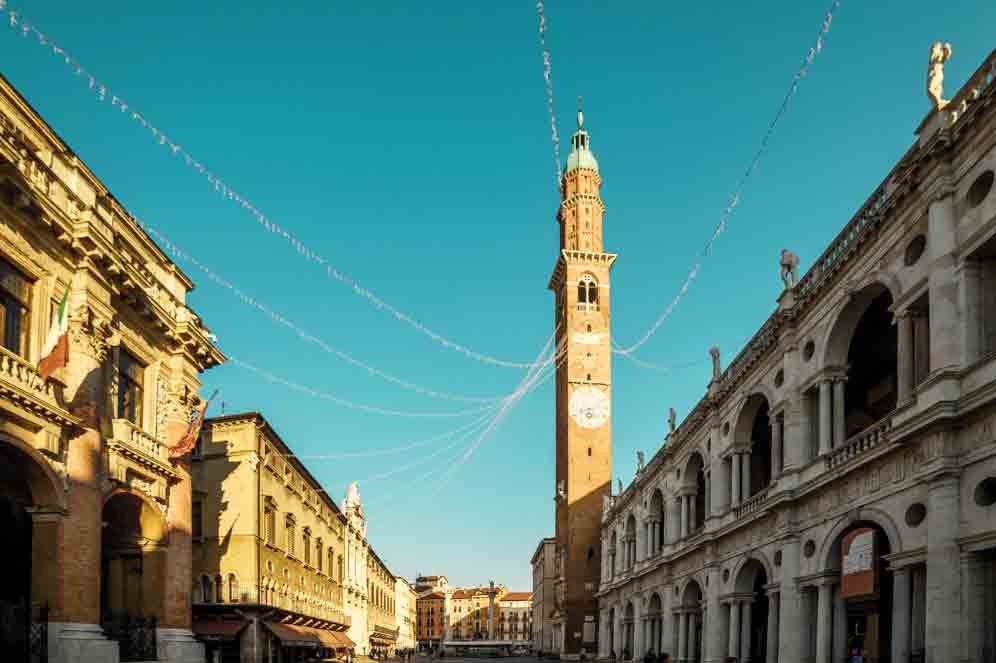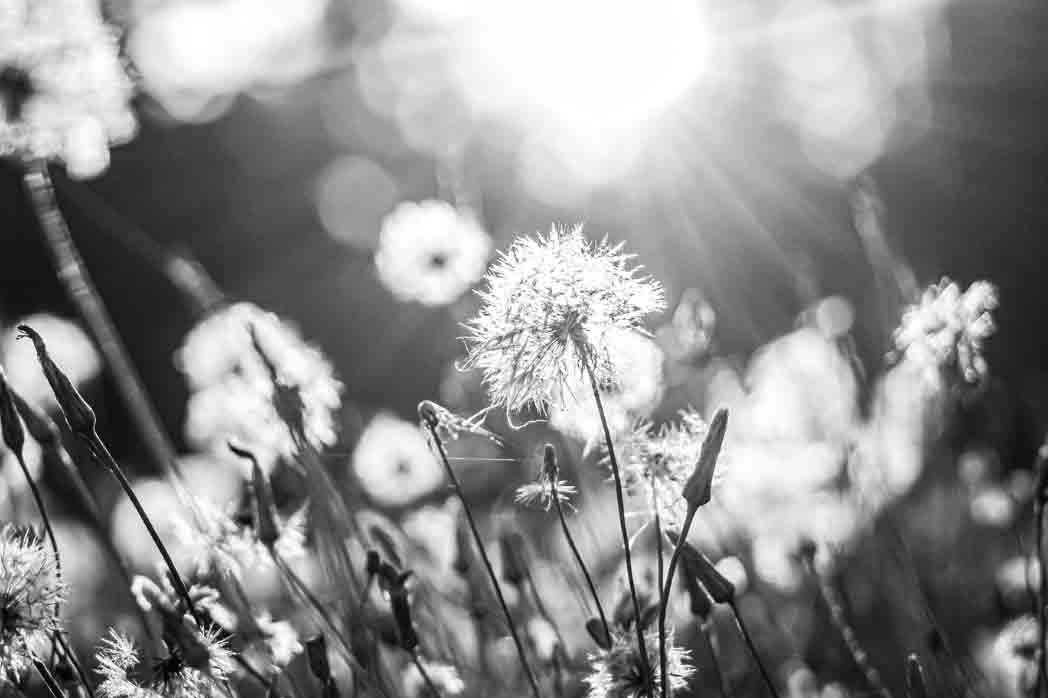
“L’età fragile” by Donatella Di Pietrantonio: a journey through memory and resilience
"Leggiamo Insieme" group
“L’età fragile“, the latest novel by Donatella Di Pietrantonio, winner of the Premio Strega, is a profound exploration of vulnerability, memory, and the enduring strength of familial bonds.
Set in the evocative landscapes of the Abruzzo region, the novel intertwines the past and present, revealing the hidden fractures within its characters and the terrain they inhabit.
A narrative set in Abruzzo
Abruzzo, with its rugged mountains and dense forests, serves as both the setting and a character in the novel. Di Pietrantonio, who hails from Arsita in Teramo, intricately weaves the landscape into the narrative, reflecting the internal struggles of the characters. The story follows Lucia, who returns to her hometown near Pescara, only to confront dark memories and unresolved traumas that have haunted her family for decades
Exploring fragility and resilience
“L’età fragile” delves into the delicate nature of human existence. Through multiple temporal shifts, the novel recounts Lucia’s efforts to reconcile with her past while protecting her daughter Amanda from similar traumas. Di Pietrantonio’s poignant prose highlights the universal fragility experienced at various stages of life, whether as parents, children, or community members.
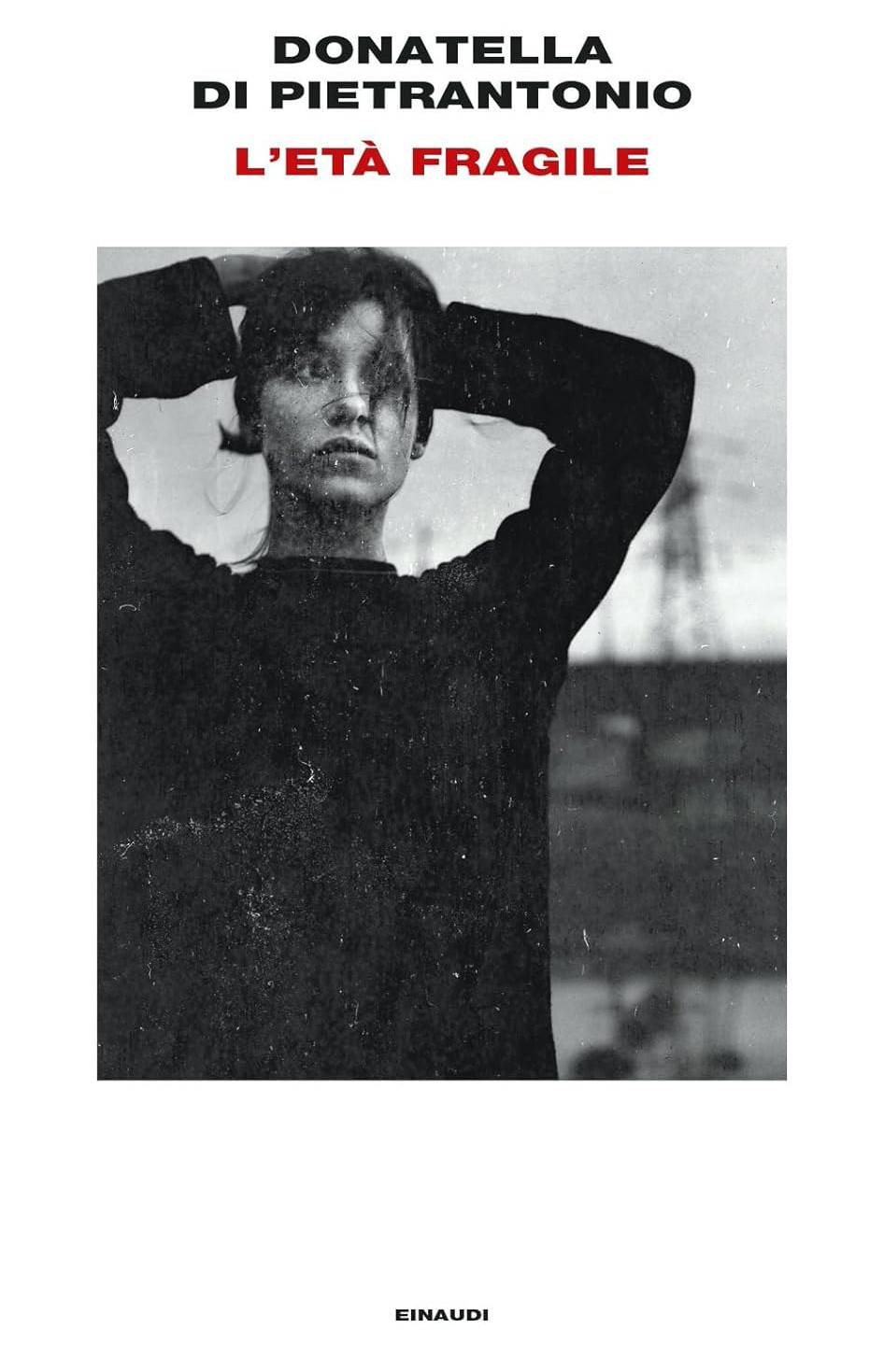
The power of silence and secrets
A central theme in the novel is the impact of silence and hidden truths on relationships and communities. The novel portrays a community grappling with the legacy of a tragic event that occurred thirty years prior. This event continues to cast a shadow over the characters, influencing their actions and interactions. Lucia’s journey to uncover and confront these secrets symbolizes the broader human quest for understanding and closure.
Critical acclaim and recognition
The novel’s receipt of the Premio Strega underscores its resonance with a wide audience. Critics have praised Di Pietrantonio’s ability to create a narrative that is both deeply personal and universally relatable. Her use of sparse yet evocative language brings to life the silent struggles and unspoken fears of her characters, making “L’età fragile” a compelling read for both young and adult readers (Libreriamo) (Quotidiano).

Join our discussion!
As we prepare to explore “L’età fragile” in our “Leggiamo Insieme“‘s Summer session, we invite all members of our community to participate. This novel offers rich themes for discussion, including the resilience of the human spirit, the impact of past traumas on present lives, and the strength found in familial bonds.
The class will be led by our Executive Director, Martina, who has a personal connection to the region. Being from Abruzzo herself, Martina brings unique insights and a special appreciation for the novel’s setting and cultural nuances. Whether you are a long-time member or new to our reading group, this session promises to be an enriching experience.
About the Author
Donatella Di Pietrantonio, born in 1962, has a profound connection to the Abruzzo region. Her previous works, such as “L’Arminuta”, have also garnered significant acclaim, including the Premio Campiello. Her background as a pediatric dentist and her roots in a family of farmers from Abruzzo deeply influence her writing, infusing it with authenticity and emotional depth.
